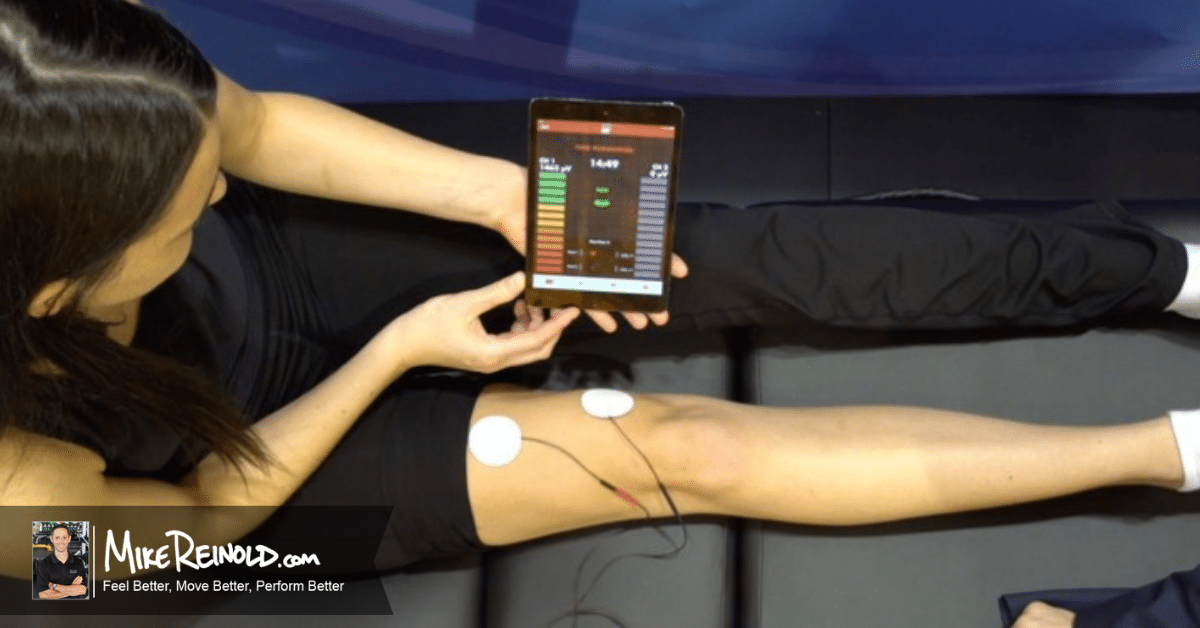qEEG works by placing small electrodes on the scalp to capture neural activity. These electrodes measure electrical impulses produced by neurons, the cells in the cerebrum that interact with each other. The data collected is then processed and presented as a series of waveforms. Each kind of neural wave—such as alpha, β, delta, and theta—relates to different mental conditions and functions. For instance, alpha oscillations are commonly linked with relaxation, while beta waves are associated to active thinking and issue resolution. By analyzing these patterns, clinicians can detect abnormalities that may suggest psychological health issues.

One of the significant advantages of qEEG is its capability to offer unbiased data. Unlike traditional evaluations that depend on personal reports from patients, qEEG offers a clear picture of neural activity. This clarity can assist reduce biases in diagnosis and lead to more accurate intervention strategies. For example, if a client is facing anxiety, qEEG can reveal specific patterns of brain activity that are linked with anxiety conditions. This data enables psychological health experts to customize treatments more efficiently, whether it be through therapy, medication, or other treatments.
Moreover, qEEG can be particularly useful in monitoring treatment advancement. By performing qEEG evaluations at various stages during treatment, clinicians can track changes in brain activity over time. This ongoing evaluation helps determine whether a treatment is working or if adjustments are needed. For instance, if a client is not reacting to a specific treatment, qEEG may indicate that their neural function has not altered in a way that indicates improvement. This feedback loop can lead to more personalized and effective mental health treatment.
In additional reading summary, qEEG cerebral mapping is a potent instrument in the domain of psychological health evaluation. By offering unbiased data about brain activity, it enhances the understanding of various mental health conditions. This technique not only aids in accurate diagnosis but also helps in monitoring treatment effectiveness. As mental health professionals continue to explore the potential of qEEG, it holds promise for improving the lives of individuals facing mental health issues. With continuous investigation and progress in techniques, the secrets of the mind may become clearer, leading to better outcomes for those in need of assistance.